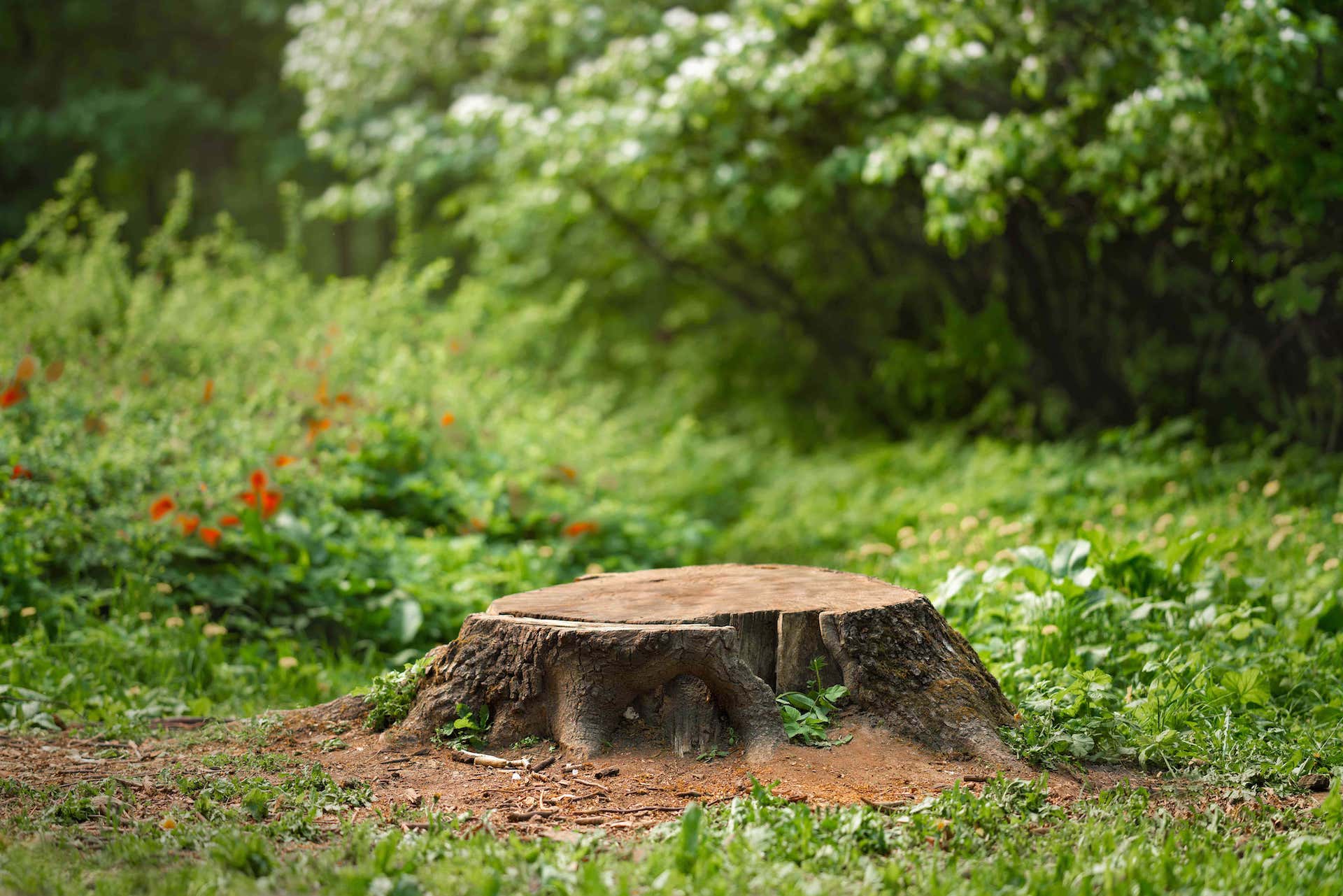
The Art of Tree Planting: Tips for a Thriving Urban Forest Sep 20, 2025
To begin with, selecting the right tree species is crucial. Urban environments are unique and trees in these areas need to withstand pollution, compact soil, limited space, and various human interventions. Native species are generally more adaptable to local climates and conditions, making them ideal candidates. For instance, oaks, maples, and elms are commonly planted in northern urban environments due to their robust nature and ability to provide ample shade and habitat for local wildlife. Consulting with professionals at TLC Professional Tree Service can help you choose the right species based on your specific locale and site conditions.
The next step involves proper tree planting techniques. The health and longevity of a tree greatly depend on how it was planted. Start by digging a hole that is two to three times wider than the tree's root ball but no deeper than the root ball itself. This encourages roots to grow outward rather than spiraling around the hole, which can impede growth. Before placing the tree in the hole, gently remove any burlap or wire basket from the root ball. Position the tree so that the root flare is at or slightly above ground level, which prevents water from pooling around the trunk and causing rot.
Proper watering practices are essential for the tree’s establishment. Newly planted trees need consistent moisture but be careful not to overwater, as standing water can suffocate roots. Depending on rainfall and soil conditions, a deep watering once a week is often sufficient. During drought conditions, more frequent watering might be necessary. Mulching around the base of the tree helps retain moisture, deter weeds, and protect roots from temperature extremes. Organic mulch such as wood chips or bark should be applied in a 2- to 4-inch layer, keeping it a few inches away from the trunk to prevent rot and pest issues.
Pruning is another crucial aspect of tree care, and doing it correctly promotes strong, healthy growth. Pruning should primarily remove dead, damaged, or crossing branches and should never exceed more than 25% of the canopy in a single season, as excessive pruning can stress the tree. The experts at TLC Professional Tree Service can guide you on the best pruning practices and even provide professional services to ensure your trees develop strong, stable structures.
Finally, community involvement and education are essential in fostering a successful urban forest. Encourage your neighbors and local authorities to participate in tree planting events. These activities not only enhance urban green spaces but also build a sense of community and environmental stewardship.
In conclusion, creating a thriving urban forest is both an art and a science. By selecting the right trees, planting with care, maintaining them properly, and engaging your community, you contribute significantly to the environmental health and aesthetic appeal of your area. For expert advice and professional services, TLC Professional Tree Service is your go-to partner in nurturing and realizing the beauty of urban landscapes.
/filters:no_upscale()/media/3d9c2c69-5eb4-471a-a54a-a4221891f29f.jpg)
/filters:no_upscale()/filters:format(webp)/media/1553eac6-1868-4756-b9c7-d10f3f6a4153.jpeg)